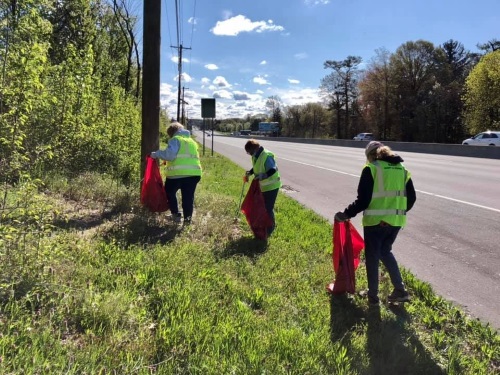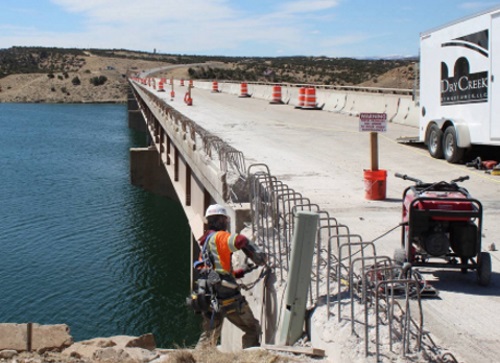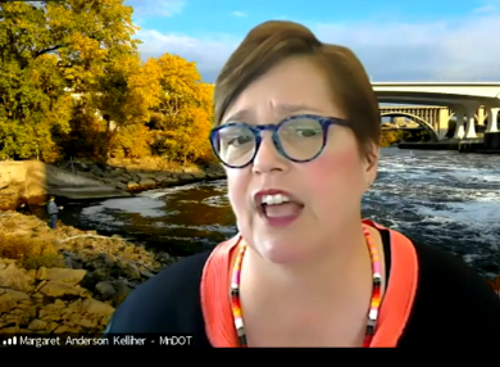The New Jersey Department of Transportation recently rolled out a new anti-litter campaign aimed at summer travelers – the main component of which will be an aerial banner flown over the 147 miles of coastline between Cape May and Sandy Hook known as the Jersey Shore with the message “Please Don’t Trash Our Garden State.”
[Above photo by the New Jersey DOT]
Social media posts will accompany the aerial banner – scheduled to fly every weekend over the Jersey Shore now through Labor Day this year – to help further expand the reach of the anti-litter message among the public, the agency said.
The New Jersey DOT noted in a statement that its crews removed 11,000 tons of litter at a cost of nearly $8 million over the past three-and-a-half years. The agency added that its crews also removed 76,500 square yards of graffiti along state highways during that same period.
State departments of transportation across the country are ramping up similar anti-litter outreach and cleanup efforts.
The North Carolina Department of Transportation said that as of May 19, its crews, contractors, and volunteers have collected 6.3 million pounds of litter from along the state’s roads. The agency noted in a statement that 6.3 million pounds of trash is roughly the same amount collected in 2020 and puts the agency on track to surpass its 2019 record, when NCDOT crews, contractors, and volunteers collected 10.5 million pounds of litter.
In April, the Ohio Department of Transportation joined forces with the Ohio Environmental Protection Agency and Ohio Department of Natural Resources to conduct a statewide anti-litter campaign – called “A Little Litter is a Big Problem” – to highlight the negative impact litter has on the state’s transportation system, parks, beachfronts, and waterways.
The Ohio DOT noted in a statement that it alone has spent at least $48.6 million to deal with litter since 2011 and that its staff spent 151,410 hours picking up trash in 2020.
Meanwhile, the Rhode Island Department of Transportation launched a new “Clean Rhodes” anti-litter initiative on April 22.
RIDOT, which said it spends $800,000 annually to pick up trash on state roads, noted that the goal of this campaign is to remove 1 million pieces of litter. The agency is also seeking to buy specialized litter removal equipment that attaches to its maintenance vehicles for some $750,000 so it can rake and clean litter from strips of land and other larger green spaces along roads more easily.
Meanwhile, the Delaware Department of Transportation recently renewed focus on its “Keep DE Litter Free” campaign. To date in 2021, the agency said its crews collected and cleared nearly 16,000 bags of trash from state roadways – adding to the more than 51,000 bags of trash collected and cleared in 2020. That includes more than 6,800 tires, 3,500 signs, and 250 appliances removed from Delaware roads, the Delaware DOT pointed out.








